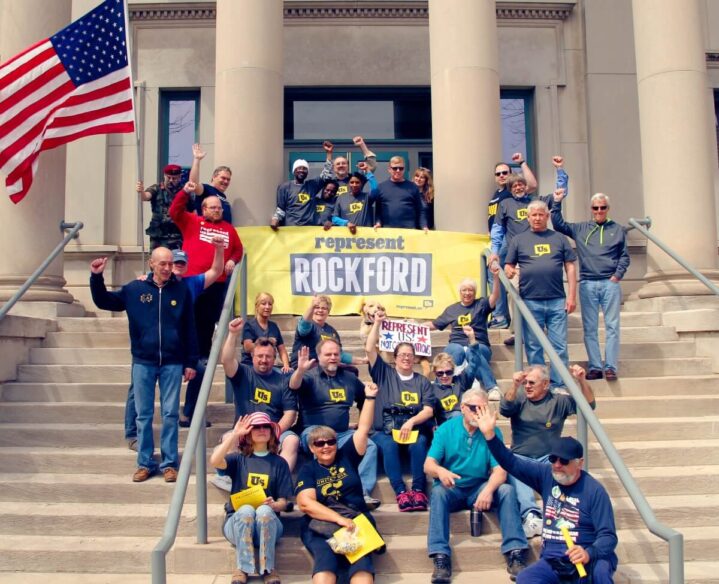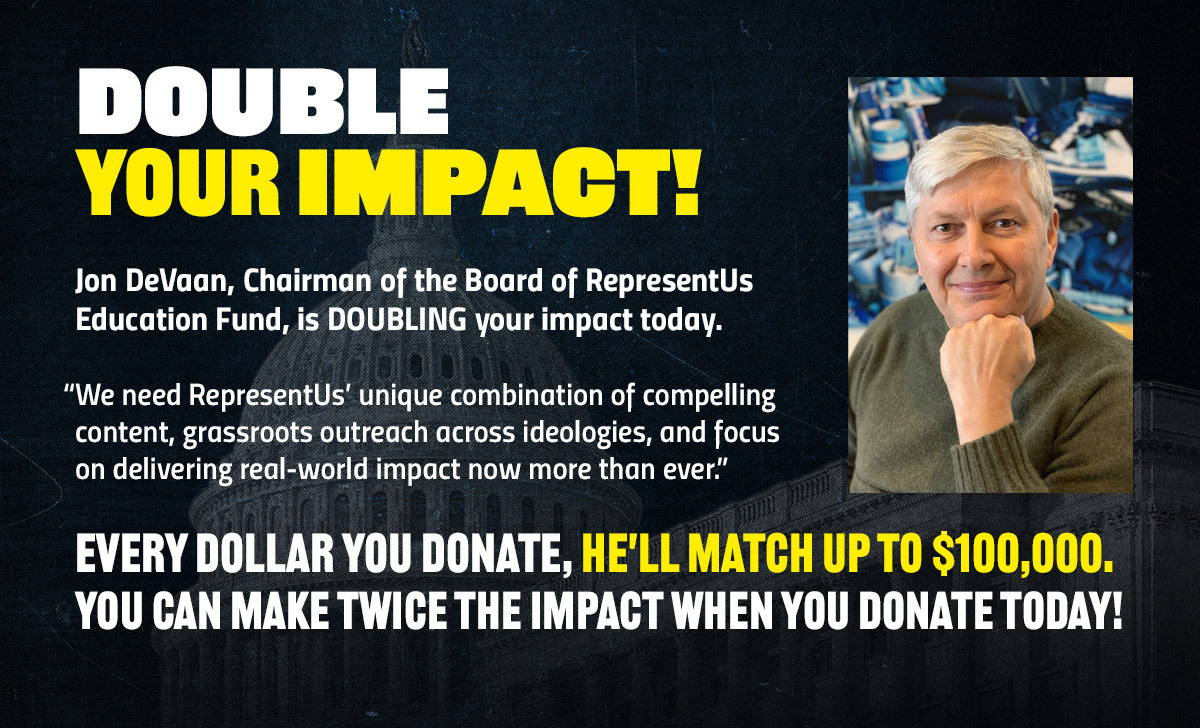How to Take Effective Political Action
How to tell the story of self, us and now
Movements have narratives. They tell stories, because they are not just about rearranging economics and politics. They also rearrange meaning. And they’re not just about redistributing the goods. They’re about figuring out what is good.
What is a story of self?
Story of self is the “why” you organize and what translates your values into action. It should include both analysis (the head) and emotional (the heart). It should describe what you think and what you feel.
Why tell your story of self?
Organizers are able to articulate who you are, what challenges have shaped your choices that led you to this organization/campaign. People need to understand what motivates you so that they can make a connection. Organizers tell their stories all the time, such as when they meet volunteers, host events and more.

You tell the story to move the audience into action by appealing to people’s hearts and minds. Your story gives people hope and inspires others when it shows that actions can and do make a difference.
How to tell your story?
An effective story of self should give others an understanding of what led you to be politically active. Was there an issue that affected you or others that you felt compelled to act on? Most effective stories have three elements:
- Challenge – what was the challenge? Why did you feel it was a challenge? What was so challenging about it?
- Choice – what was the specific choice you made? Why did you make that choice? How did it feel?
- Outcome – what happened as a result of your choice? How did the outcome feel? What did it teach you?
Example story of self:
I always knew that I wanted to be a teacher. As a young child, my favorite activity was to play “school” whether that was for a group of stuffed animals or neighborhood kids who indulged my desire to teach them basic addition. I longed to have my own classroom and gradebook and began creating my own lessons throughout high school after seeing both amazing teaching and lessons that fell flat. My entire focus in college was to get that teaching license and to learn all that I could about my subject material as well as childhood and adolescent development. After college, I researched nearby states and communities with strong reputations of having the best school districts. Finally, after months of searching and weighing my options, I picked a small city in a nearby state and moved there even before I had an actual job in the district. Luckily, after a year and a half of substitute teaching, one of the middle schools hired me, fulfilling my childhood dream. The years passed quickly and happily until a new governor and state legislature entered the picture. This new state government had big plans to fundamentally change the state, including cutting funding for public schools and ending collective bargaining rights for all public school teachers in the state. As news spread, so did protests. Was I going to join the protests to push for the state legislature to vote down this bill? What would the consequences be if I did that? Would I get in trouble with the district I was teaching in? Would families I worked with view me differently? Would I lose their respect? Would I hurt or disrupt the learning of my students? (CHALLENGE) After much deliberation, I joined my fellow educators to protest the bill. (CHOICE) I quickly learned that state governments have tremendous power over what happens to the people living there. Despite the protests’ longevity, lasting weeks, we were unsuccessful and the bill became law. Yet, even in defeat, I knew that I experienced a significant change. I would no longer be ignorant to the workings of the state legislature and would, in fact, step up to advocate and to organize for legislation that I believed in. (OUTCOME)
What is a story of us?
A story of us is how the organization, campaign, group, team came to be and what it does. What values does the group share? What is your group’s stories? When did it form? Why? What actions has the group taken? What are your group’s norms? What are you hoping to achieve?
Basically, the story of us is the story of your group. Who are you? How did you come to be? What is the history of your group?
What is the story of now?
What is your group’s current challenge? Why is it a challenge? What are the stakes? Why does your group care? Why should others care? What does success look like? What can be done to achieve that success? Why should people join in?
The story of now explains the problem that must be addressed right now and what can be done to fix it, when we come together.
References: Bill Moyers – How to tell Story of Self


